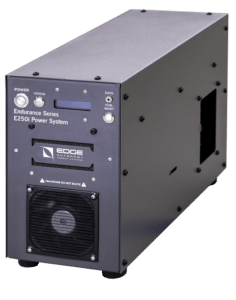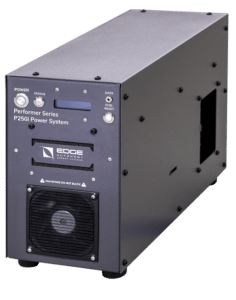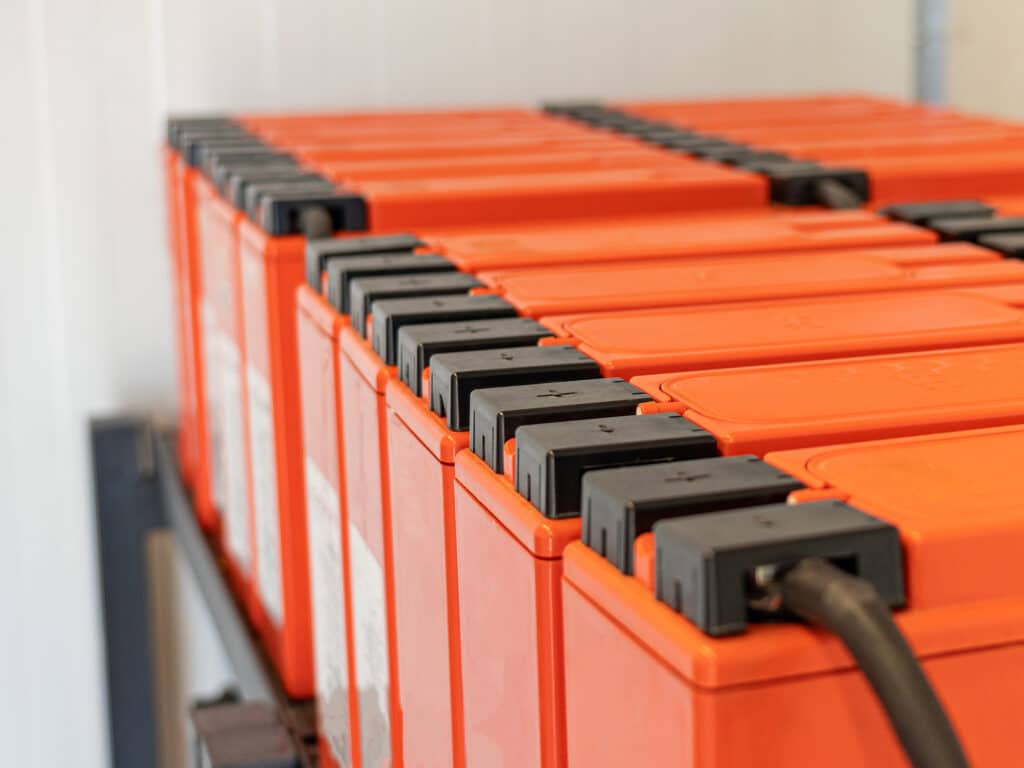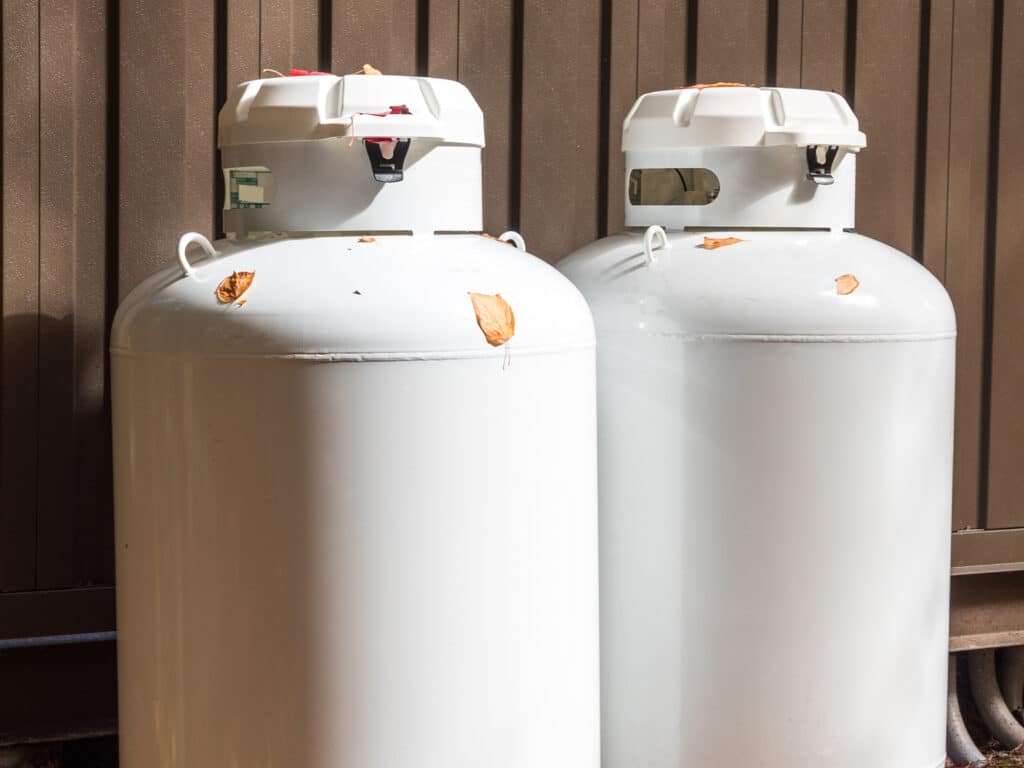Power solutions in the most rugged conditions
ENERGY SYSTEMS
When uptime is a challenge and conditions are harsh, a reliable energy system can make the difference between continuous operation and critical service delays.
Comprehensive energy solutions
EFFICIENT AND COST-EFFECTIVE SYSTEMS
Propane-powered fuel cells are an effective backup source for redundant power solutions. Our energy systems are proven in freight rail, aviation, monitoring, UAV, and other critical applications when downtime is not an option

ENDURANCE SERIES
Built for loads that require continuous auxiliary or primary power, the Endurance Series is ideal for use in pipeline monitoring, data collection, and extreme temperatures.
LEARN MORE >
PERFORMER SERIES
This off grid power system offers a 250W and 1kW highly durable propane-powered solution of battery tenders that integrate seamlessly with wind, solar, or other alternative technologies.
LEARN MORE >


ENERGY COMPONENTS
Custom solid oxide fuel cells (SOFC) present effective solutions for efficient payload and power operations. From data solutions to battery interfaces to fuel handling, our SOFC innovations meet each unique mission need.
LEARN MORE >
Efficient and cost-effective
ENERGY SYSTEMS FOR ANY MISSION
No Routine Maintenance

With a fuel filter that lasts the lifetime of the stack, operators are spared the hassle and danger of regular maintenance under extreme circumstances.
Easy to Install and Move

With systems weighing as little as 19 pounds, our energy solutions can be transported and assembled easily and efficiently.
Low Cost and Available Fuels

Our systems run on either propane or pipeline gas, making them flexible in a wide variety of circumstances.
High Cycles, Long Run

Each uptime challenge is unique, and our energy systems are customizable to address the need for efficient and effective power requirements, even under the harshest of conditions.
Low Carbon Footprint

Our power solutions are more efficient and have a lower carbon footprint than both thermoelectric generators and gas or diesel generators.
Navigate Extreme Temperatures

Ideal for off grid needs, our energy systems are engineered to store, start, and operate in temperatures from -40°C to 50°C.
